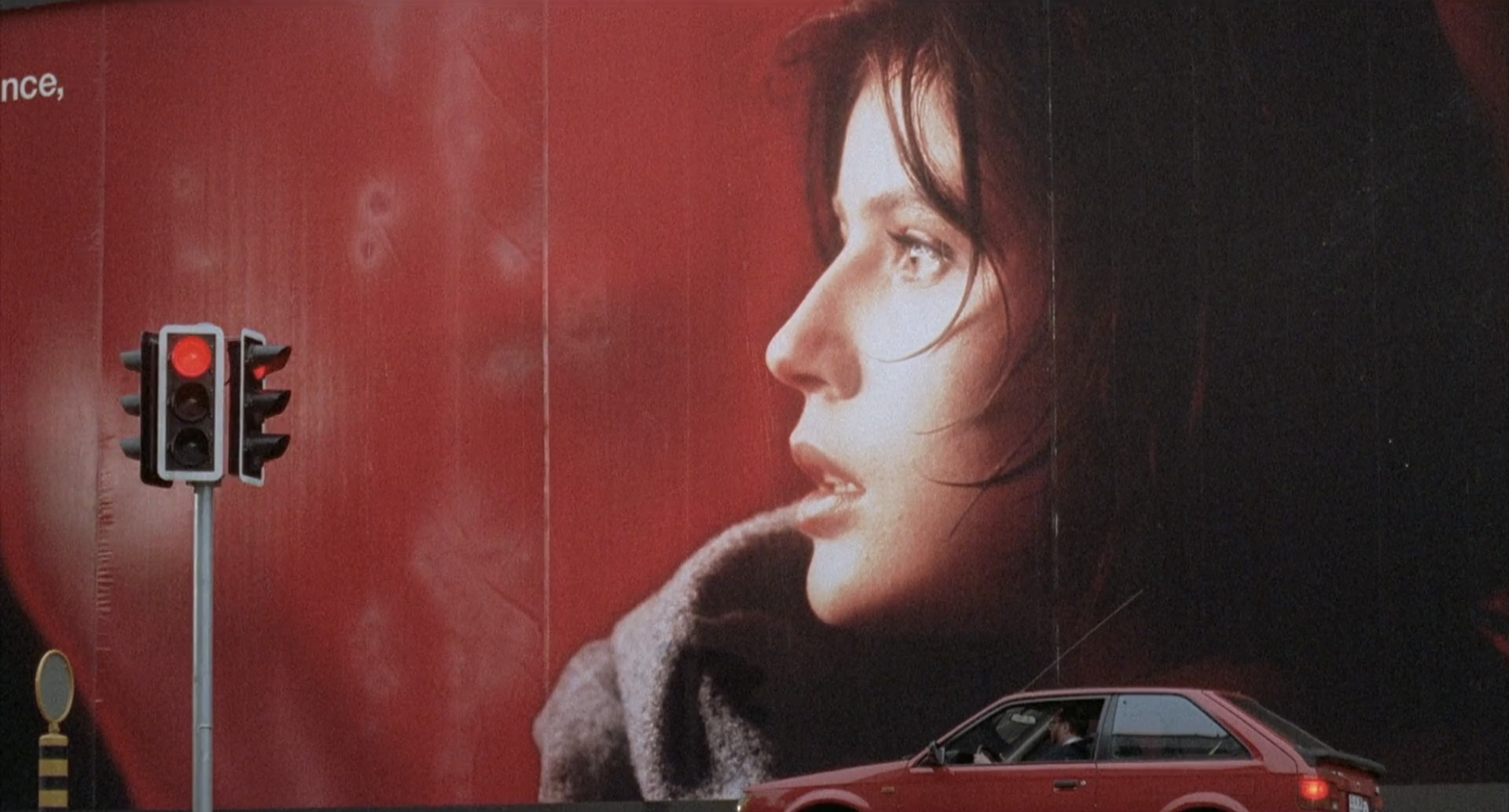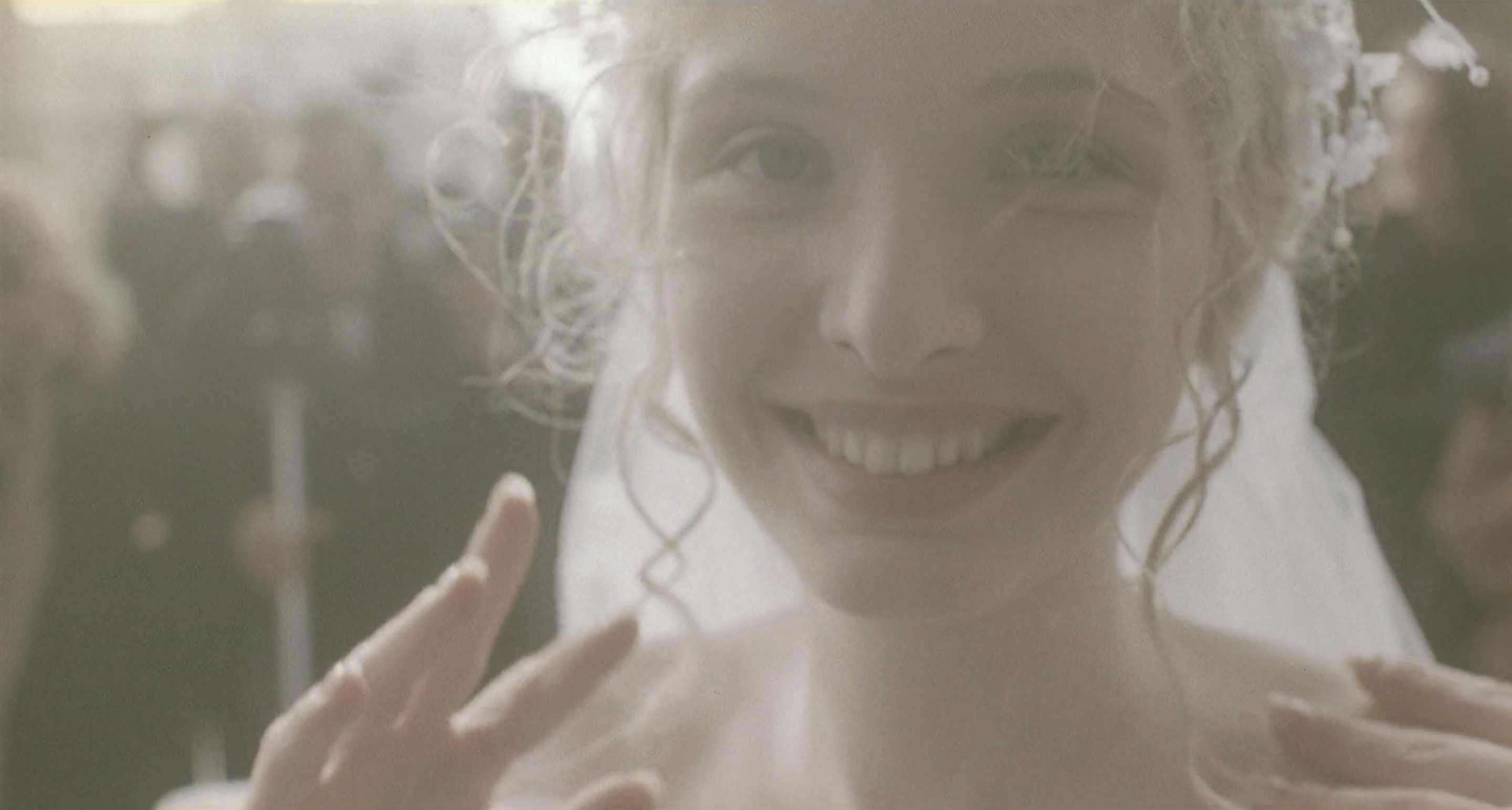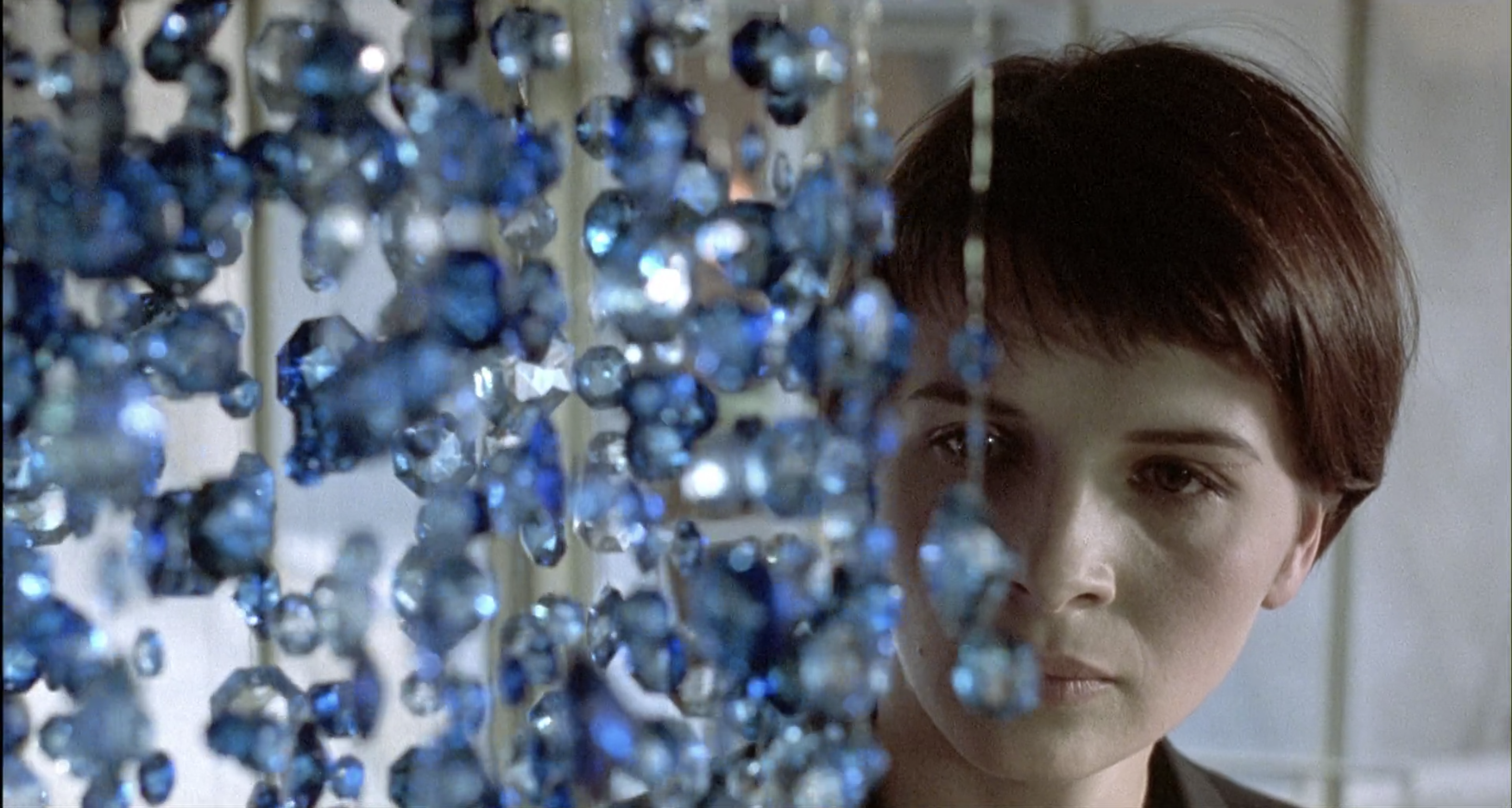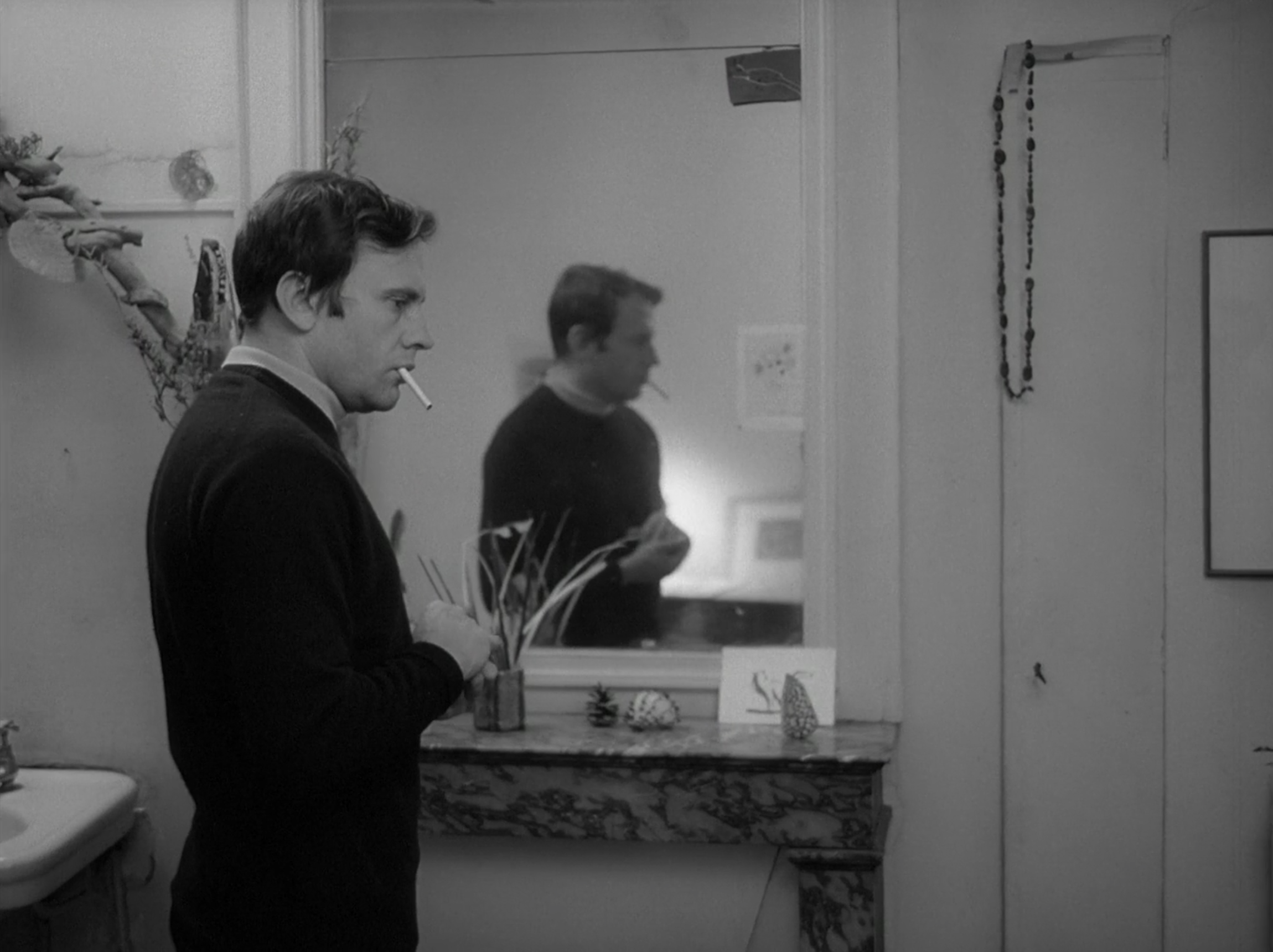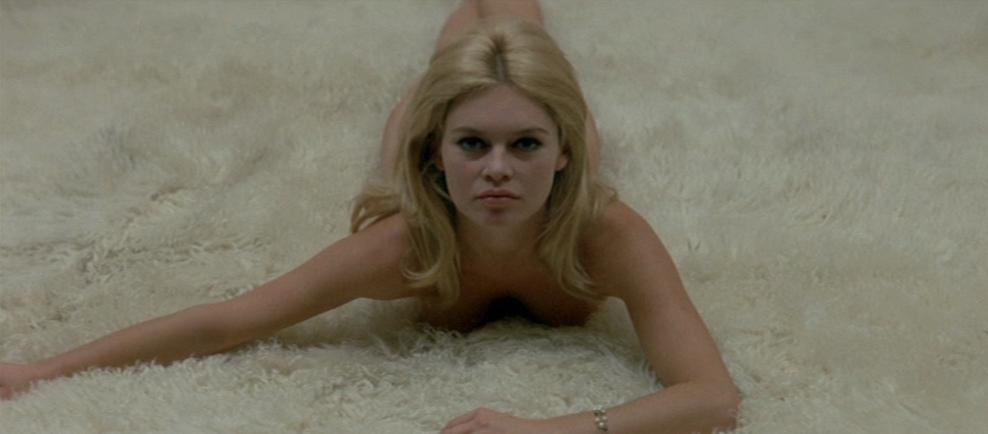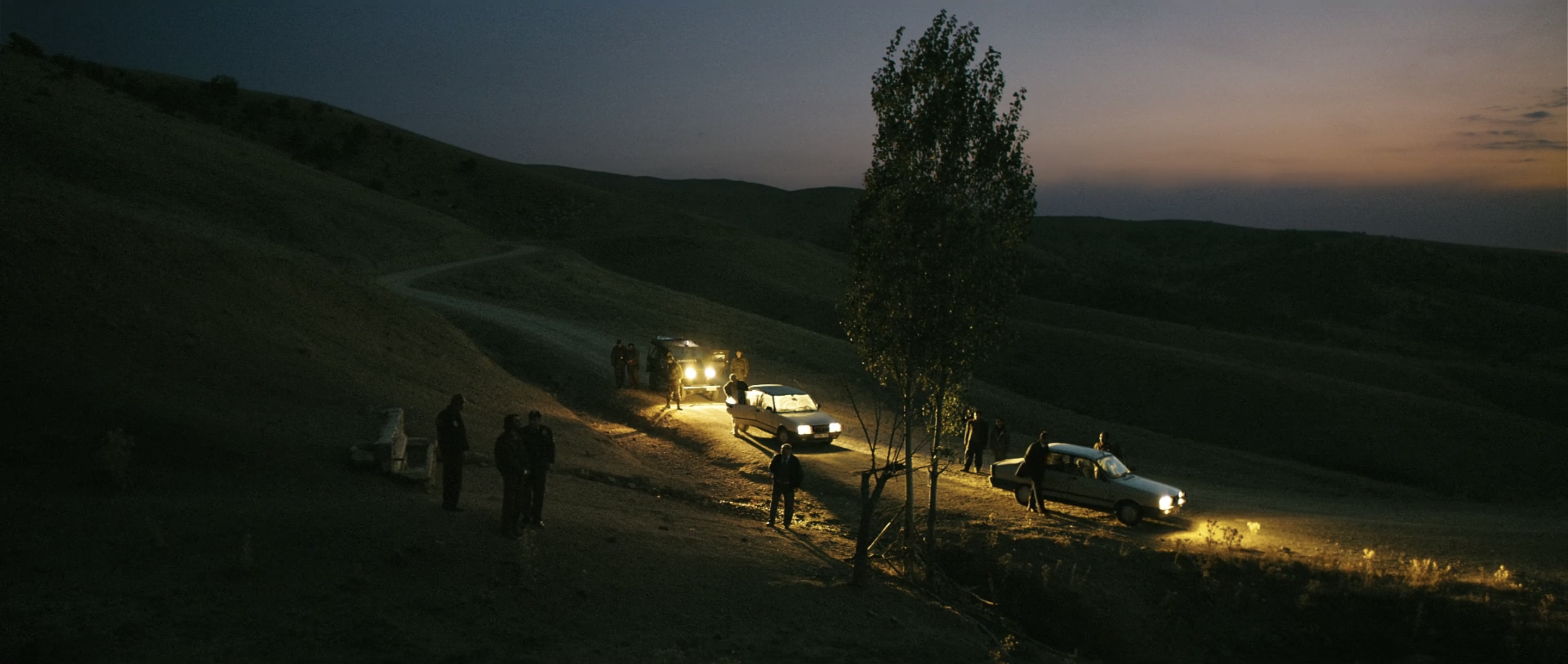A Matter of Life and Death (1946)
Michael Powell’s fatalistic contemplations are lifted to metaphysical levels in A Matter of Life and Death where one man who cheats death must argue his case to keep living, his soul hanging in a precarious balance between two worlds – one dominated by surreal black-and-white set pieces, the other a Technicolor assertion of life’s spectacular beauty.



